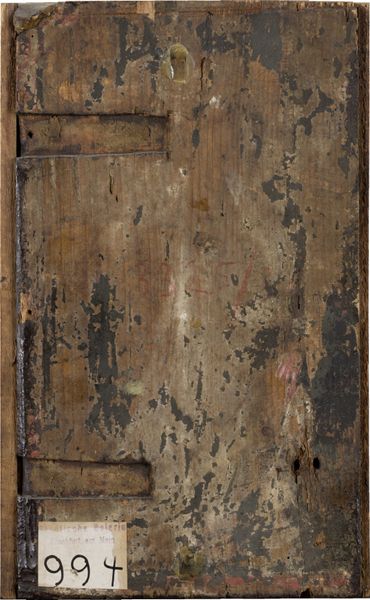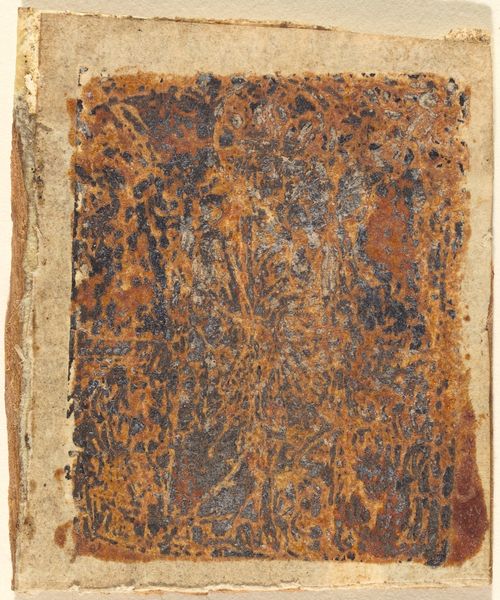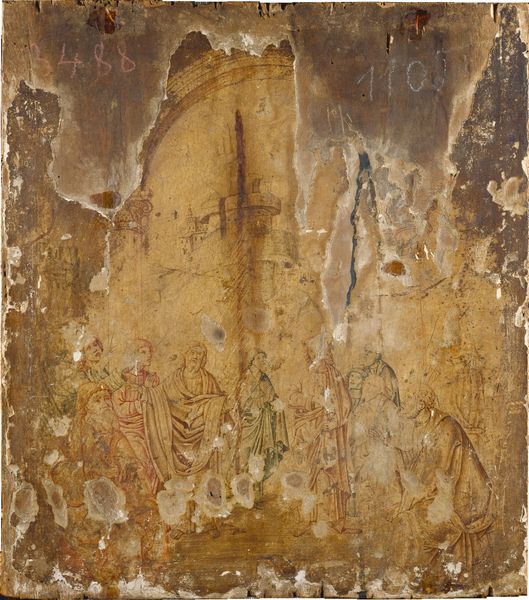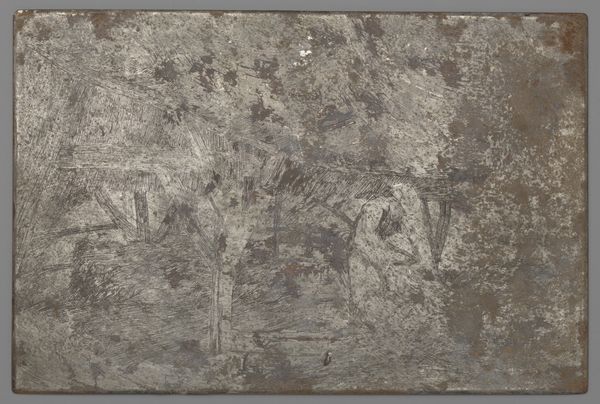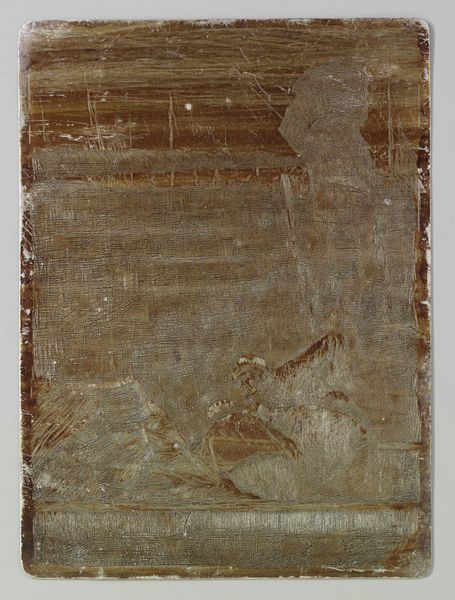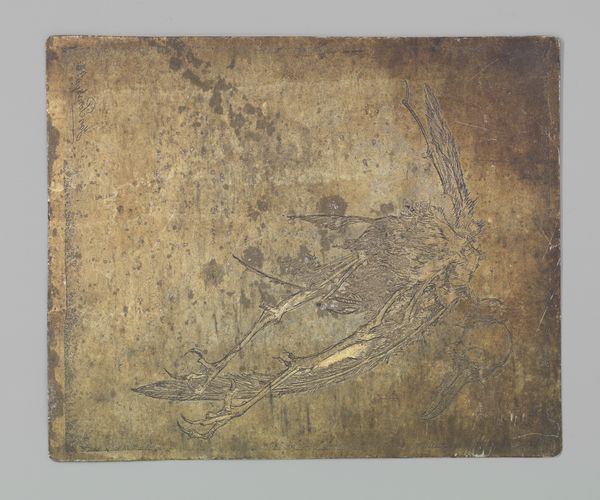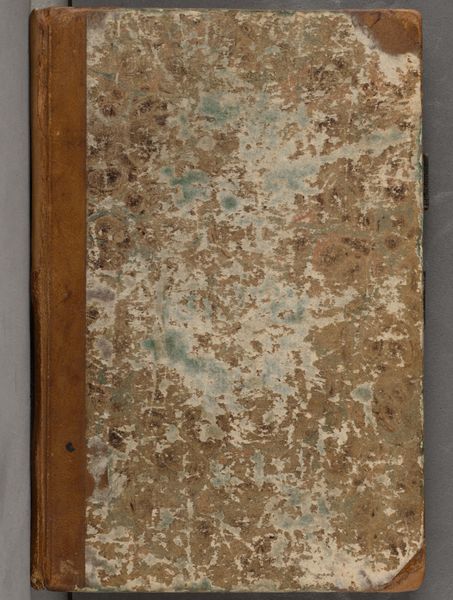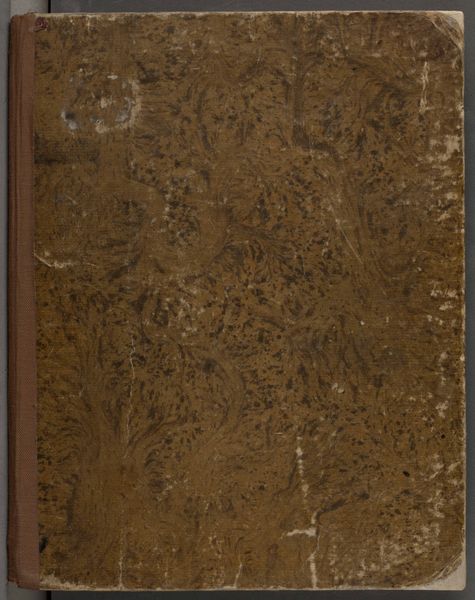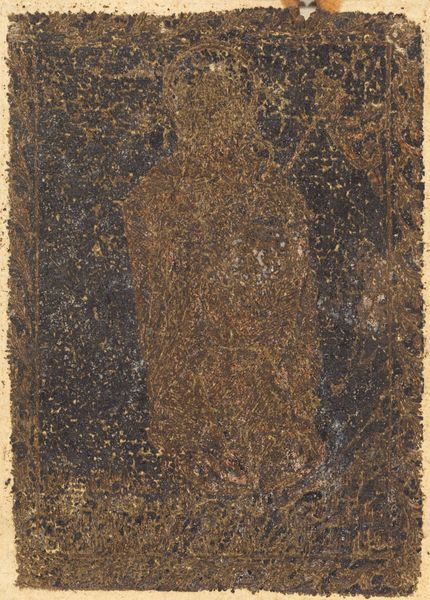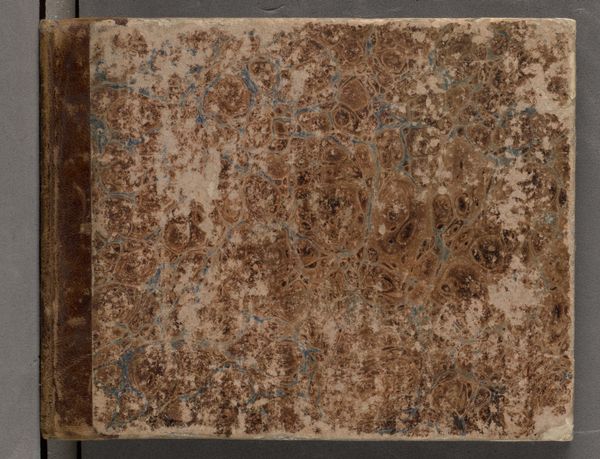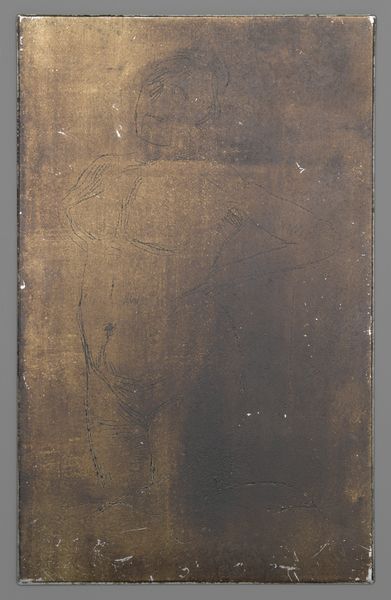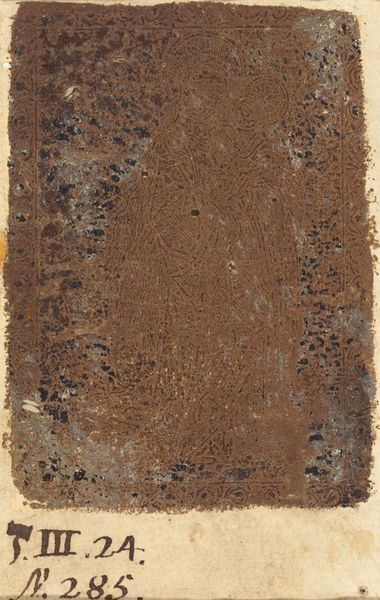
tempera, painting, fresco
#
tempera
#
painting
#
fresco
#
oil painting
#
history-painting
#
italian-renaissance
#
early-renaissance
#
mixed media
Dimensions: 30.2 x 17.4 x min. 1.1 cm
Copyright: Public Domain
Curator: Before us, we have what remains of an early Italian Renaissance fresco, "Virgin of the Annunciation," dating back to around 1400. What's immediately striking about this fragment to you? Editor: A palpable sense of loss, I must admit. The image flickers like a half-remembered dream, obscured by time and damage, yet something luminous persists. What strikes me is the scale of the devastation, but also the remnants of color. It feels heavy with unspoken history. Curator: Indeed. It is only a small piece of a larger fresco painting and sadly, heavily damaged. Yet, it is precisely these traces that carry significant weight. The Virgin of the Annunciation, announcing the incarnation of Christ, a visual trope in early Renaissance imagery, usually represented in the closed garden—a symbolic locus of purity. Editor: The fragmented composition creates an eerie, powerful contrast. Knowing the subject, the anticipation, or her potential dread, are both deeply internalized, almost secret here. One could argue its current state strangely amplifies those themes of expectation and hidden revelation, don't you think? Curator: Yes, its ruined state adds another layer, one of cultural memory and institutional loss. Once prominently displayed, likely in a sacred setting, now it has been reduced to almost nothing and held in storage. The politics of iconoclasm haunt this remnant. However, notice how the traces of blue paint might be from the Virgin's robes, the color representing piety and heaven. Editor: The symbolic order persists, doesn't it? Despite the ruination, we grasp towards those recognizable emblems. Considering what we're viewing, as damaged as it is, do you believe its ability to reach an audience has increased, or decreased, from an anthropological standpoint? Curator: That is the great mystery when analyzing artworks—particularly these fragile objects: How does their original socio-political function affect how we, the observers, engage with their form, the subject matter, the use of paint, etc. all these centuries later. In truth, maybe it all contributes to how objects become charged with additional, unseen narratives. Editor: A poignant relic, laden with historical and emotional weight. A haunting glimpse into a vanished world. Curator: A memory fragment for us to ponder its meaning through our present state of viewing. Thank you for the analysis.
Comments
No comments
Be the first to comment and join the conversation on the ultimate creative platform.
